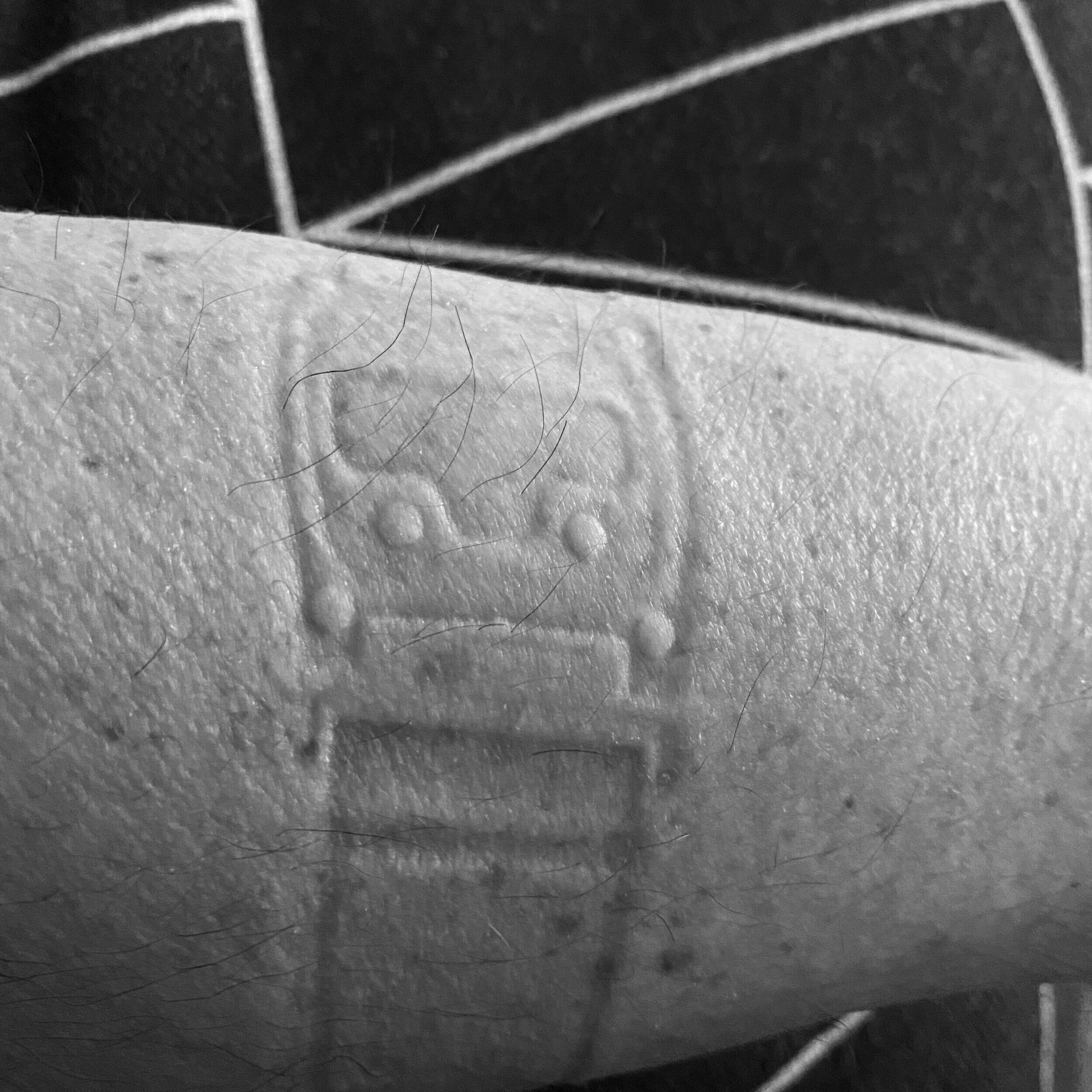Using the Right Heart Rate Monitor
If you have any interest at all in improving your health, you are going to need a consistent way to measure your heart rate in a reliable, and recordable, way. Here are three of the ways I record — at least as best as I can with available technology — and measure, my heart rate during the day, and while exercising. All three of these heart rate monitors work via Bluetooth and my iPhone.
Apple Watch: Grade A
I’ve had every iteration of the Apple Watch since its debut in 2015. This amazing piece of technology rules my day. My watch face includes my current heart rate, outside temperature, outside wind speed and direction, battery life remaining, Apple Music, my current steps count, Strava, and Apple Workouts. Other than my iPhone, I can’t name another piece of technology that does so much, and provides so much functionality, and feedback, in such a small footprint. I use the Apple Watch to track my walks, record my Yoga workouts, and form my Stretching sessions. As well, almost every workout App I use records to my iPhone Apple Health App, making that information, and functionality, available on my Apple Watch. Unfortunately, the Apple Watch is only good for Kettlebell Swings. Every other niche of a Bell workout will not work well while wearing a watch on your wrist. Iron smash! Nothing else beats knowing your heart rate more functionally, and more unobtrusively, throughout the day and night, than your Apple Watch.
Polar H10: Grade B+
Unlike the Apple Watch, the Polar H10 is a serious, single-use heart rate monitor only. The Polar H10 wraps around your chest, and is powered by a coin battery. In addition to wrapping the H10 around your chest, you also must wet the strap, and your skin, so the monitor can cleanly register your heart rate. The wet contacts make for greater, more reliable, electrical feedback. Unlike any other heart rate monitor I’ve used, the Polar H10 is the King of the Class because its feedback is instantaneous. You can watch your heart rate register on an iPhone workout App in real time, and you know what you’re seeing on a screen is what’s happening in real time in your beating body. When your workout is complete, you need to clean up. Wipe off your body. Clean the H10 strap. It’s a magnificent, ugly, beast of a machine that is tiny and unobtrusive. The Polar H10 is the only heart rate monitor I have that seamlessly works with any Kettlebell workout. I can do Swings, Squats, Snatches, Cleans — and even rest the bells on my arms before the Press and during a Squat — without worrying about damaging the monitor. Every other heart rate monitor is in the wrong place for a Kettlebell workout: my wrist, my upper arm, or my bicep. Only the Polar H10 chest strap stays out of the way and does its quick, and flawless, electrical work.
Rhythm+ 2.0: Grade C
The Rhythm+ is a hearty heart rate monitor. I wear it on my upper arm, and only once did I bang a 24kg Kettlebell against its corner while doing a Clean and Press. The monitor survived the iron scuff with only a minor scrape on the corner of the device. Of all my heart rate monitor devices, the Rhythm+ is the slowest to record sacred changes in heart rate. I’m working out, killing myself, looking at the screen of my iPhone — and I’m seeing 69 bpm when I know I must at least be 120 bpm. Then, when my set is finished, and I park the Bells to catch my breath, I see my heart rate shoot up via the Rhythm+ and I know the heart rate monitoring is at least 10 seconds behind what’s actually happening in my body in real time. I find that time delay in reporting a concern, and a disappointment, because I don’t know in real time if something is really off with my workout set or not — until it’s too late.
You certainly don’t need a heart rate monitor to do a Kettlebell workout, but you will quickly see which Kettlebell challenges engage your heart in the best, right way, when you claim, record, and then save, live data from a heart rate monitor.
A good heart rate monitor always makes its mark!


